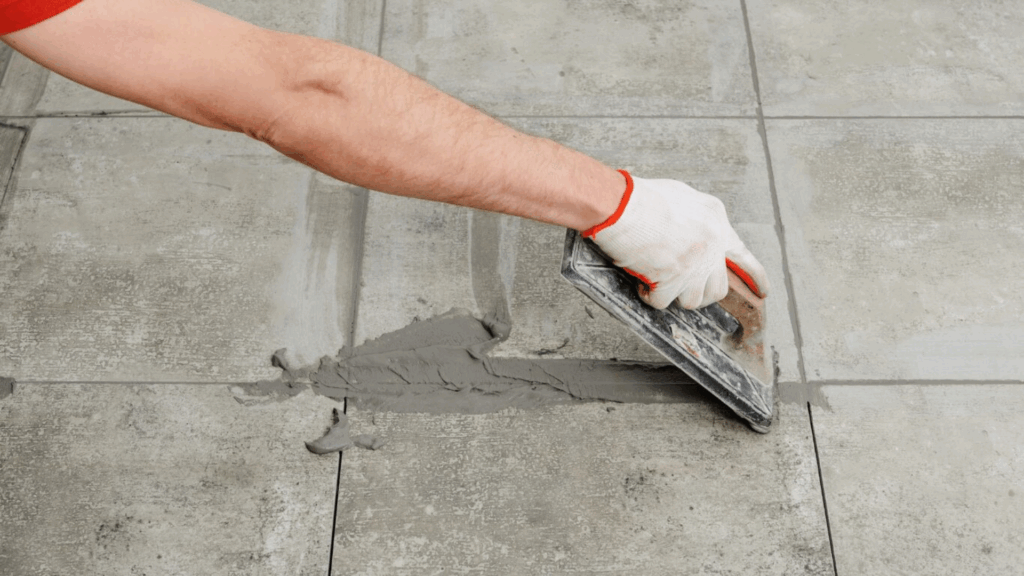Have you ever wondered what grout really is and why it’s such an important part of tiling projects?
I’ve been in the DIY world for years and, like many of you, started out a little confused about grout, its composition, characteristics, and how to choose the right one.
After working on countless tiling projects, I’ve learned that understanding grout can make or break your tile installation.
In this blog, I’ll walk you through everything you need to know, from what grout is made of to why it matters for your project.
By the end, you’ll feel confident choosing the best grout for your needs.
What Is Grout?
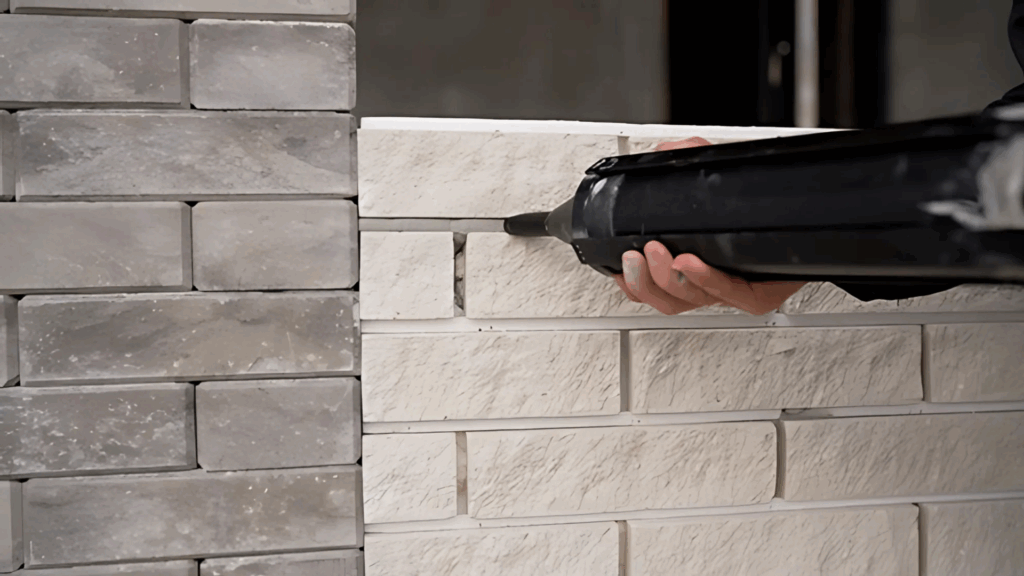
Grout is a dense, water-resistant material used to fill the gaps between tiles, providing both structure and aesthetic appeal.
According to the Tile Council of North America, grout is a mixture of cement, aggregate, and other ingredients, such as sand or water.
This combination forms a strong, uniformly-colored substance that helps secure tiles in place. Grout also helps prevent moisture from seeping into the spaces between tiles, which could lead to mold or damage over time.
It comes in various types, including sanded and unsanded, each suitable for different tile projects.
Tiling a bathroom or kitchen requires grout for both durability and a clean, finished look.
Why Grout Matters?
Grout matters because it holds everything together. In my experience, it’s not just about filling the spaces between tiles; it’s what keeps your tiles in place and protects them.
Without grout, tiles would shift or even come loose over time.
I’ve seen projects where grout wasn’t used properly, and moisture started seeping in, leading to mold or damage. That’s why I always stress its importance. It’s also essential for giving the surface a clean, finished look.
If you skip grout or use the wrong type, you risk damaging your tiles or creating a surface that’s hard to clean.
In short, grout is key for both the durability and appearance of your tiled space.
Grout Composition: What It’s Made Of and Why It Matters
In this section, I’ll walk you through the key ingredients of grout, cement, aggregate, water, and additives, and explain how each affects the strength and durability of your tiling project.
Cement
Cement is the main bonding agent in grout, providing strength and stability. It helps the grout harden, forming a solid, durable surface.
From my experience, the quality of the cement significantly affects how well the grout bonds to the tiles and how long it lasts, ensuring a secure installation.
Aggregate
The aggregate in grout, usually fine sand or small particles, gives the grout texture and helps fill gaps between tiles.
The size of the aggregate can affect adhesion and smoothness. I’ve found that choosing the right aggregate size is crucial for a clean finish, especially in larger tile installations.
Water
Water activates the cement, allowing it to set and harden. Too much water weakens the grout, while too little makes it difficult to apply.
In my experience, getting the right water-to-cement ratio is key to achieving grout that’s easy to work with and sets properly, ensuring strong results.
Additives
Some grout formulas contain additives that improve flexibility, stain resistance, and workability. These are particularly useful in moisture-prone areas like bathrooms.
I’ve used grout with these additives to improve durability and prevent mold or staining, especially in high-traffic areas where long-term performance is essential.
Key Characteristics of Grout: What You Need to Know
Grout has several key characteristics that make it an essential part of tile installation. From my experience, understanding these traits helps in choosing the right grout for your project.
Durability
Grout is designed to last and withstand daily wear and tear. It hardens over time, providing a solid, stable surface that keeps tiles securely in place.
The durability of grout is what ensures your tiled surface remains intact, even in high-traffic areas or exposed environments.
Water Resistance
One of grout’s most important features is its ability to resist moisture. When applied properly, grout prevents water from seeping between tiles, reducing the risk of mold or damage.
This is why grout is especially crucial in wet areas like bathrooms and kitchens.
Flexibility
Some grout types, especially those with additives like latex, are more flexible, allowing them to move with the surfaces they’re applied to.
This flexibility prevents cracking, especially in areas that experience shifts or temperature changes, like radiant-heated floors.
Texture and Finish
Grout comes in various textures, from smooth to rough, depending on its composition. This texture can affect how easy it is to apply and clean.
A smooth grout finish works well for smaller tiles, while rough-textured grout is better for larger gaps or outdoor installations.
Stain Resistance
Some grout types, like epoxy or polymer cement grout, offer enhanced stain resistance.
These types are often used in areas where spills, stains, or heavy traffic are expected, as they make cleaning up easier and prevent discoloration over time.
Color Consistency
Grout is available in various colors, and choosing the right shade can dramatically impact the look of your tiled surface.
It’s important to pick a color that complements the tiles, but grout’s color can also remain consistent over time if properly sealed and maintained.
In my experience, selecting the right grout based on these characteristics can improve both the look and functionality of your tiled surface, ensuring it stands the test of time.
Types of Grout: Choosing the Right One for Your Project
When it comes to grout, there are a few types to choose from, and each has its purpose. From my experience, understanding the different types helps you pick the right one for your project.
1. Sanded Grout
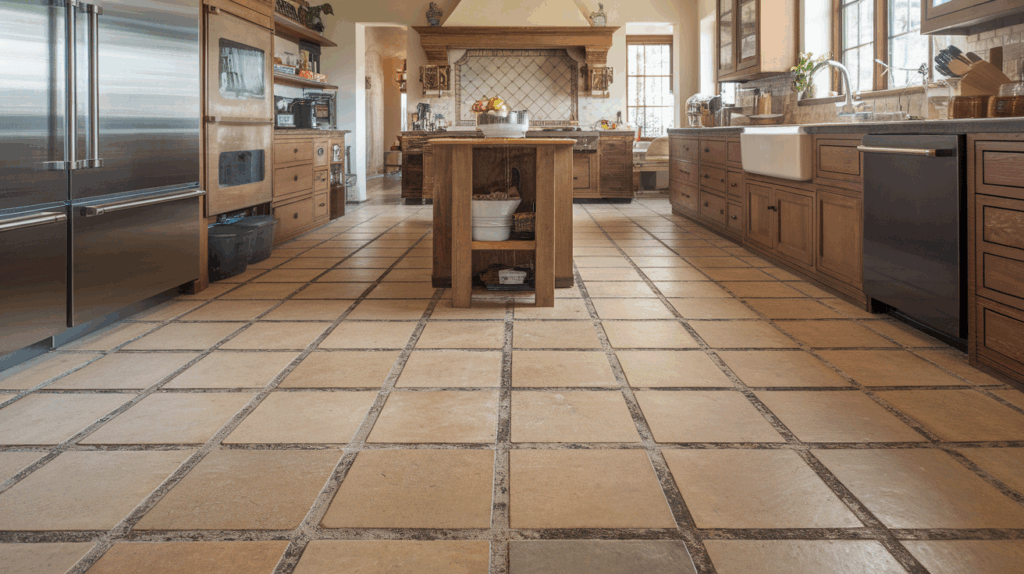
Sanded grout contains fine sand particles, making it stronger and ideal for wider grout lines (1/8 inch or more). It’s more durable and resistant to shrinkage or cracking, which is why it’s often used for floors and high-traffic areas.
Purpose: Used for filling larger grout joints to provide strength and stability.
Benefits:
- Stronger and more durable for larger gaps
- More resistant to shrinkage and cracking
- Ideal for floors and high-traffic areas
Who Should Use It: I recommend sanded grout for larger tiles, like ceramic or stone, especially if the joints between your tiles are wider. It’s perfect for floors, patios, and areas with heavy foot traffic.
2. Unsanded Grout

Unsanded grout is smooth and doesn’t contain sand particles, making it perfect for narrow grout lines (less than 1/8 inch). It won’t scratch delicate tiles, like marble or glass, which is what makes it stand apart from sanded grout.
Purpose: Best used for smaller grout lines or delicate tiles where scratching is a concern.
Benefits:
- Smooth finish with no scratch marks on tiles
- Works well with delicate or porous tiles (like marble)
- Easier to apply in tighter spaces
Who Should Use It: I often use unsanded grout for smaller tiles or when working with more delicate materials like marble or glass, where scratching could be an issue.
3. Epoxy Grout
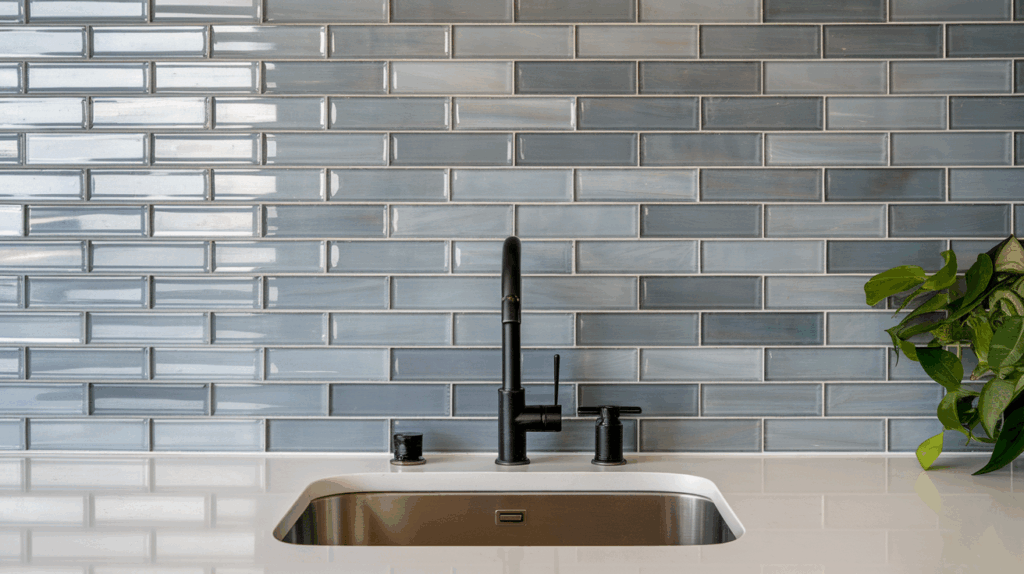
Epoxy grout is made from epoxy resins and hardeners, which makes it highly durable and water-resistant. Unlike cement-based grouts, it’s non-porous and extremely resistant to stains, moisture, and chemicals.
Purpose: Ideal for areas that require heavy-duty performance, like kitchens or bathrooms.
Benefits:
- Highly resistant to stains, moisture, and chemicals
- Doesn’t shrink or crack over time
- Easier to clean and maintain
Who Should Use It: Epoxy grout is great for high-moisture areas like kitchens, bathrooms, or outdoor spaces. I recommend it if you’re looking for something long-lasting and easy to clean, especially in places prone to spills and stains.
4. Furan Grout
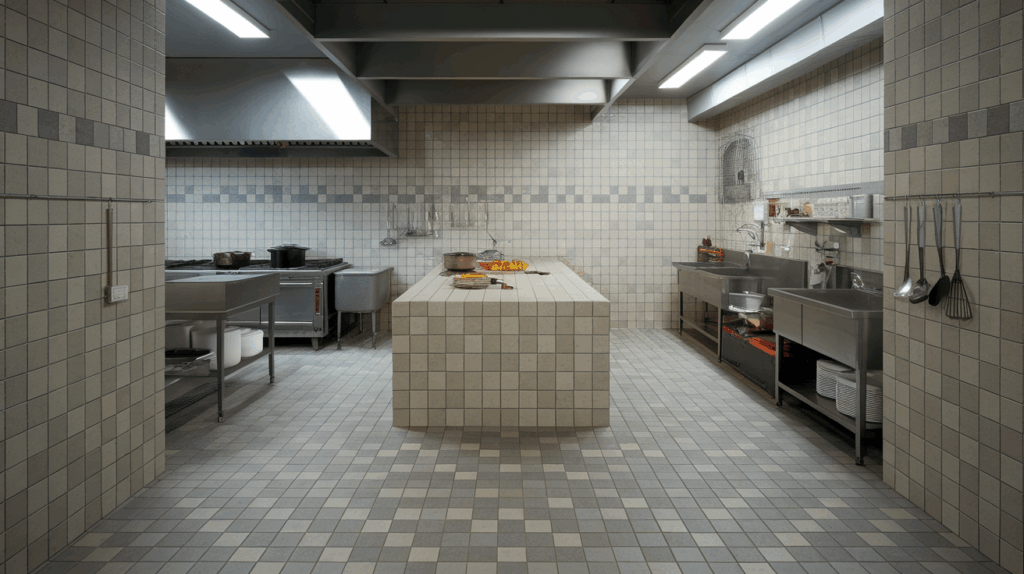
Furan grout is similar to epoxy grout but made with furan resins. It’s particularly known for its exceptional resistance to chemicals, heat, and stains, making it ideal for industrial or commercial applications.
Purpose: Best used in environments with high exposure to chemicals or extreme temperatures.
Benefits:
- Excellent resistance to chemicals, heat, and stains
- Ideal for industrial applications
- Tough and durable
Who Should Use It: I’d suggest furan grout for commercial or industrial settings where maximum chemical and heat resistance is needed. It’s overkill for typical home projects.
5. Latex Modified Grout
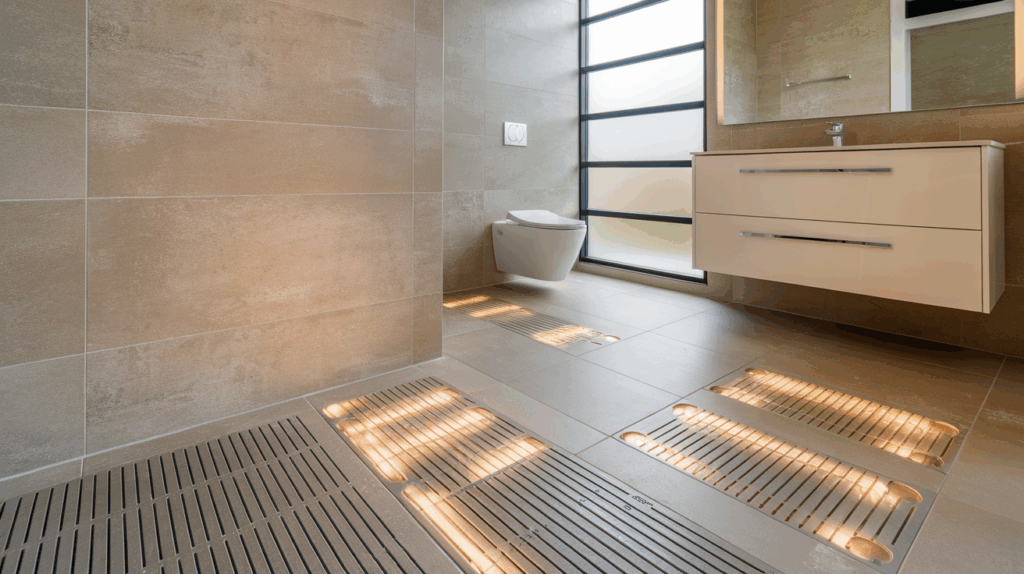
Latex-modified grout has a latex additive mixed in, improving its flexibility and resistance to cracking. It’s especially useful for surfaces that may shift or expand.
Purpose: Used where flexibility and added moisture resistance are needed, like radiant-heated floors.
Benefits:
- Greater flexibility to prevent cracking
- Improved resistance to moisture and stains
- Works well on surfaces that experience movement (like floors with radiant heat)
Who Should Use It: I recommend latex-modified grout for areas where the surface may shift, like radiant-heated floors, or for installations in high-moisture areas like showers.
6. Quarry-Type Grout

Quarry-type grout is a mixture of cement, sand, and finely ground minerals designed specifically for use with quarry tiles or natural stone tiles. It’s often chosen for its ability to fill larger joints and provide strong bonding.
Purpose: Used in areas where durability and strength are crucial, especially with rough-textured tiles like quarry or natural stone.
Benefits:
- Provides excellent bonding for natural stone and quarry tiles
- Ideal for outdoor or high-traffic areas due to its durability
- More resistant to harsh conditions and abrasion
Who Should Use It: Quarry-type grout is perfect for projects where quarry or natural stone tiles are used, such as outdoor patios, walkways, or commercial spaces.
7. Polymer Cement Grout
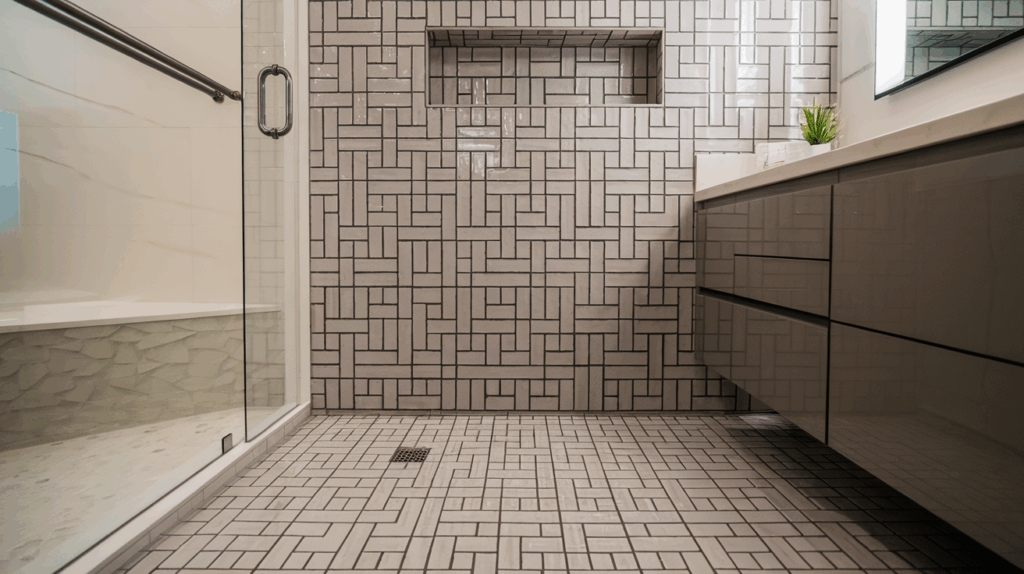
Polymer cement grout is a blend of traditional cement grout mixed with polymers to enhance its flexibility, strength, and water resistance. It’s particularly effective for preventing cracking and improving adhesion, especially on difficult surfaces.
Purpose: Designed for installations where extra flexibility and resistance to moisture are needed, like in areas with temperature fluctuations or moving substrates.
Benefits:
- Improved flexibility and strength
- Resistant to cracking and shrinking
- Ideal for wet areas or surfaces that expand and contract
Who Should Use It: Polymer cement grout is great for high-moisture areas like bathrooms, kitchens, or swimming pools, where temperature changes or shifting surfaces might cause other grout types to crack.
Conclusion
In conclusion, I hope this blog has cleared up any confusion you had about grout and helped you understand its different types, composition, and key characteristics.
If grout has felt overwhelming, you now have the information to make a confident choice.
Understanding its purpose, durability, water resistance, and flexibility will guide you in selecting the right grout for your project.
Choosing the right grout can improve the look and longevity of your tiles, and I’m sure this knowledge will help you make a more informed decision.
With these insights, you’re ready to tackle your tiling project with confidence and get the results you’re hoping for.

